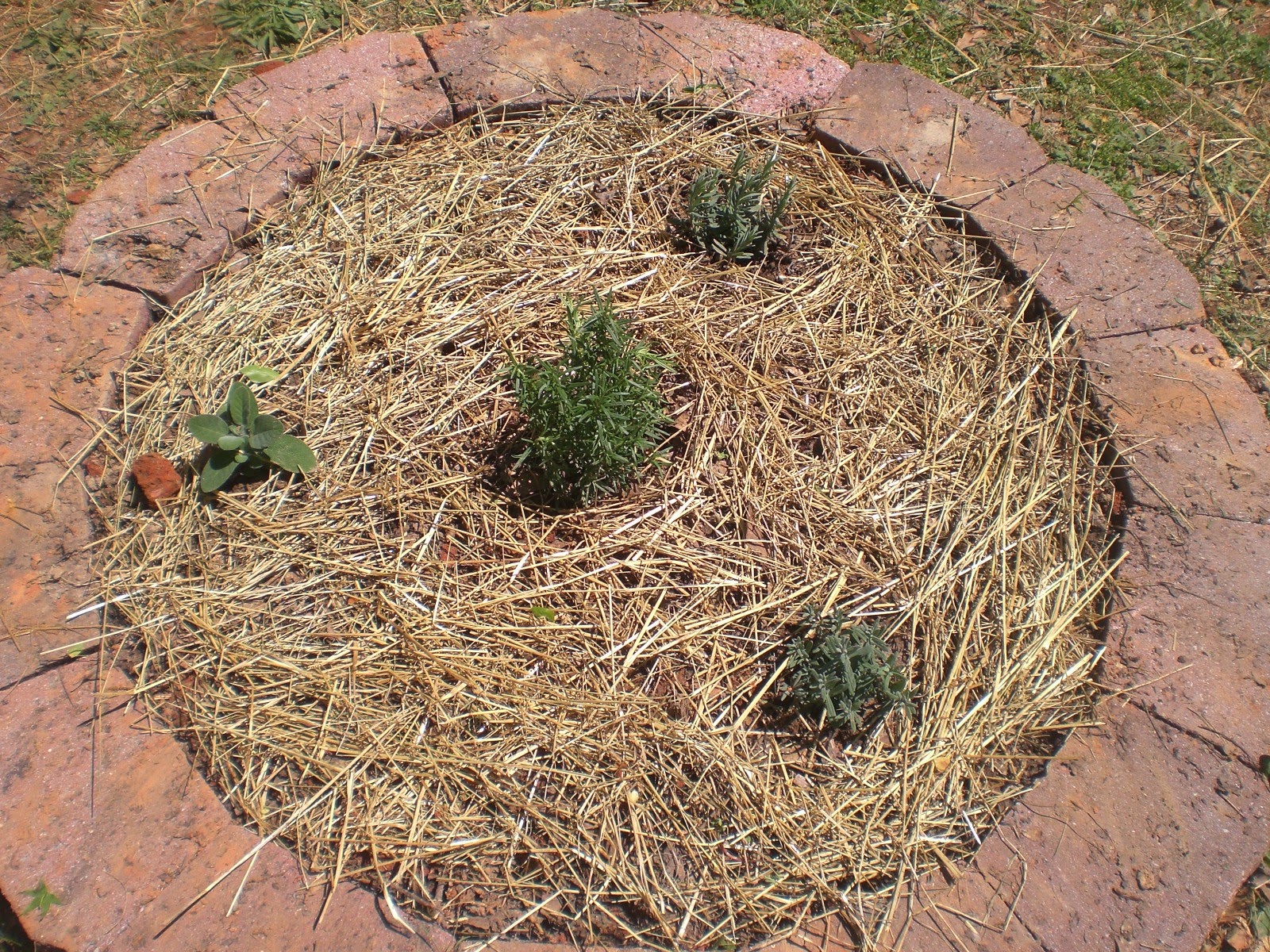The Crafty Farmstead was born from our desire to produce own fresh healthy foods for our family.
We made our first foray into self-sufficient living in 2005 in the mountains of Western North Carolina. We started with container gardening on our porch. We grew tomatoes and peppers and cucumbers. I learned how to can and preserve, and how to make homemade baby food for our firstborn son.
In 2007 We decided to try to grow more fruits and veggies. With the help of our toddler, we scratched out a small vegetable garden from the overgrown hillside beside our cabin. I remember how he loved helping us water and tend the plants everyday. We rejoiced in re-seeing life, through our young sons eyes, enjoying the simple pleasures of eating fresh picked strawberries and crunchy cool cucumbers.
In 2009 we added our first chickens, a pair of Barred Rock hens for eggs. Once we experienced the joy of truly fresh eggs we knew there was no turning back. Since that day I have only purchased one carton of eggs from the store and that was only so my kids could dye Easter eggs with white eggs (ours were too brown to dye)
In 2010 we got our first two Nigerian Dwarf goats and 6 more hens. We bottle raised one doeling Mandy, and bought a second doeling Legs,(yes her name is Legs, she kicks a lot) that was already weaned. Later we bought a bred doe Ginger, who became our main foundation doe.
In 2011 we were blessed with twin boys! Even though I had my hands full, I still tried to keep the garden going. I missed my gardening, but we had to scale it back for a couple of years, I just couldn't keep it up. We soon realized that our two bedroom farmhouse wasn't going to be big enough for a family of five.
In the fall of 2013 we moved to South Carolina to be closer to our families. Our new home is a great log cabin and while it's modest in size, it's much bigger than the farmhouse and I love the open floorplan. There is a lot of fixing up to do but we all have so much more room here. And since it's not on the side of a mountain, there's actually lots of usable land too.We also expanded our chicken flock with the addition of a trio of heritage French Black Copper Marans.
This year we are hatching out our first eggs from our Marans. This is our first Spring on our new homestead and we are ready to begin crafting our homestead with new gardens and walking paths. new chicken pens, and lots and lots of fencing.
We love producing our own fresh foods and continue striving towards greater production and sustainability.




















